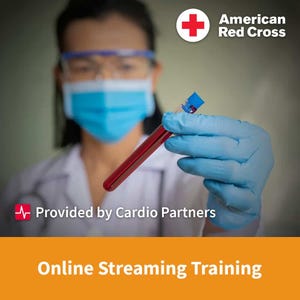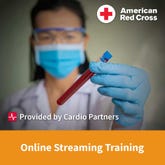Online Bloodborne Pathogens Training
- Mar 3, 2022

Online Bloodborne Pathogens Training
It is important to know how to handle a loved one with a bloodborne disease to always keep both you and them safe. Bloodborne pathogens are present in both the blood and body fluids and can cause disease in others. Anyone handling someone with a bloodborne disease is at risk of being exposed but taking the proper precautions can reduce or eliminate the risk.
What are Bloodborne Pathogens
The Occupational Safety and Health Administration (OHSA) describes bloodborne pathogens as infections of microorganisms in human blood that can cause diseases in humans. Common pathogens include hepatitis B, hepatitis C, and HIV. Needles and other sharps-related injuries can expose others to the pathogens. Bloodborne pathogens can spread through direct contact, indirect contact, respiratory droplets, or vector-borne.
How to Safely Treat Those with Bloodborne Diseases
When you are treating someone with a bloodborne disease you want to control your exposure while handling the situation safely. If needles are involved, plan safe handling and disposal of the needles, use needle alternatives when possible, activate the device’s safety features, do not recap or pass contaminated needles to others, and immediately dispose of the needles in the proper containers. Studies show that nearly one-third of needle injuries occur during the disposal process.
To prevent infection when needles are or are not involved be sure to avoid contact with blood and other body fluids, use CPR barriers, wear disposable gloves, cover any exposed cuts, and thoroughly wash your hands after providing treatment. If you are exposed be sure to thoroughly wash the exposed areas and seek follow-up care if necessary.
Cardio Partners offers the First Aid Only Bloodborne Pathogen Personal Protection Kit to help protect responders in biohazard cleanup emergencies. The kit contains more than 25 items to protect the responder with PPE, CPR packs, and cleanup items and to help you safely treat someone with a bloodborne disease.










 CALL US:
CALL US: